Alaska RVing: Palmer to Portage – musk oxen and airplanes
We had built some flexibility into our itinerary, and that had already become useful, as the days were much shorter than we thought they’d be (that could have something to do with our “early to bed, late to rise” regime) 🙂 We had also re-thought some of our campgrounds, and had now cancelled Homer completely as well as changing our destination for Tuesday night (August 4th) to Williwaw Campground, near the Portage Glacier.
Tuesday would be a very short driving day, only 169 km (105 mi), but full of activities, starting with the musk ox farm a few miles from our campground at Palmer.
Because of tight parking space at the farm, we left the motorhomes (and the pets) at the RV park, and were on the road in the Tracker at 10:30. Our first stop, though, was at a spectacular viewpoint overlooking the Matanuska River. The first photo is looking upstream.

And this one looks toward the river’s mouth at Knik Arm of Cook Inlet.
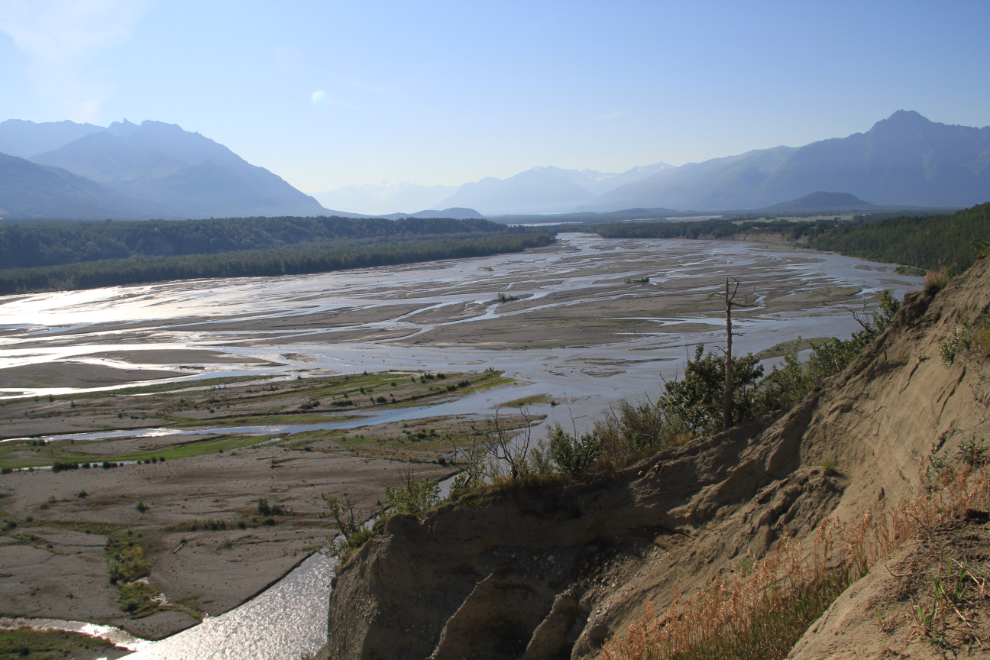
We got to the Musk Ox Farm just after 11, so had a few minutes to look at the displays before the next tour started. This panel shows the regional designs used by the knitters at the Oomingmak cooperative, who turn qiviut, the musk ox’s underwool, into scarves and other items. I bought Cathy an Oomingmak nachaq a dozen years ago – you have to see and feel it to believe the quality, and once you do, the price tag (almost $200) makes sense.
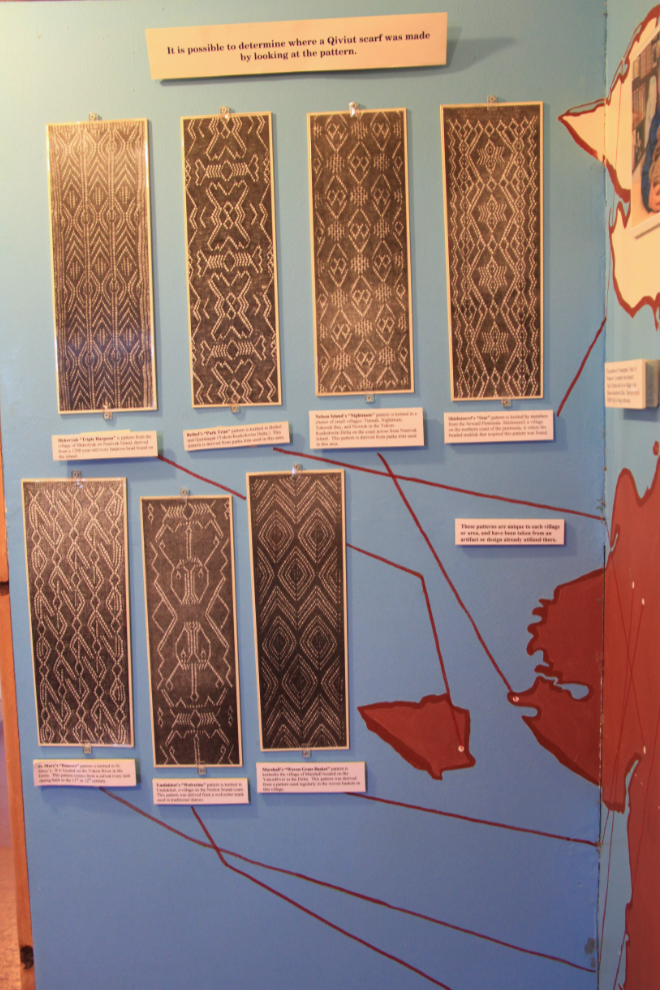
The farm’s main building is a “colony barn”, one of the few left from the 1935 Matanuska Colony agricultural project. When we return to Palmer with more time (next year is the plan), I want to tour the valley using Helen Hegener’s excellent book, The Matanuska Colony Barns.
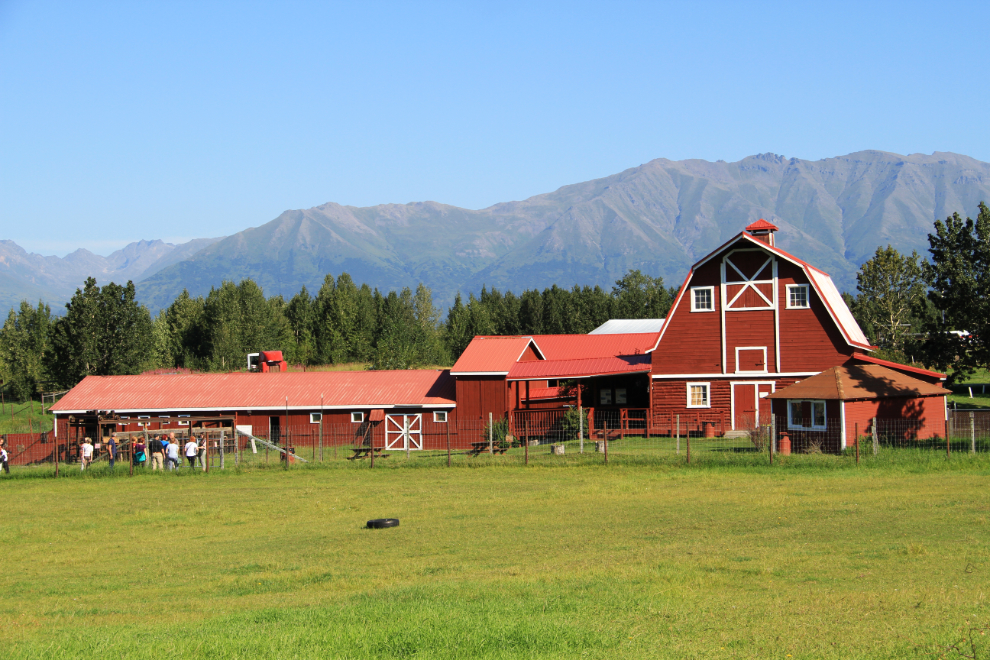
I’ve been to the farm more times than I can count over the past 25 years, as it was a must-stop on virtually every tour I did, and the guides for the hour-long tour through the property have been consistently excellent.
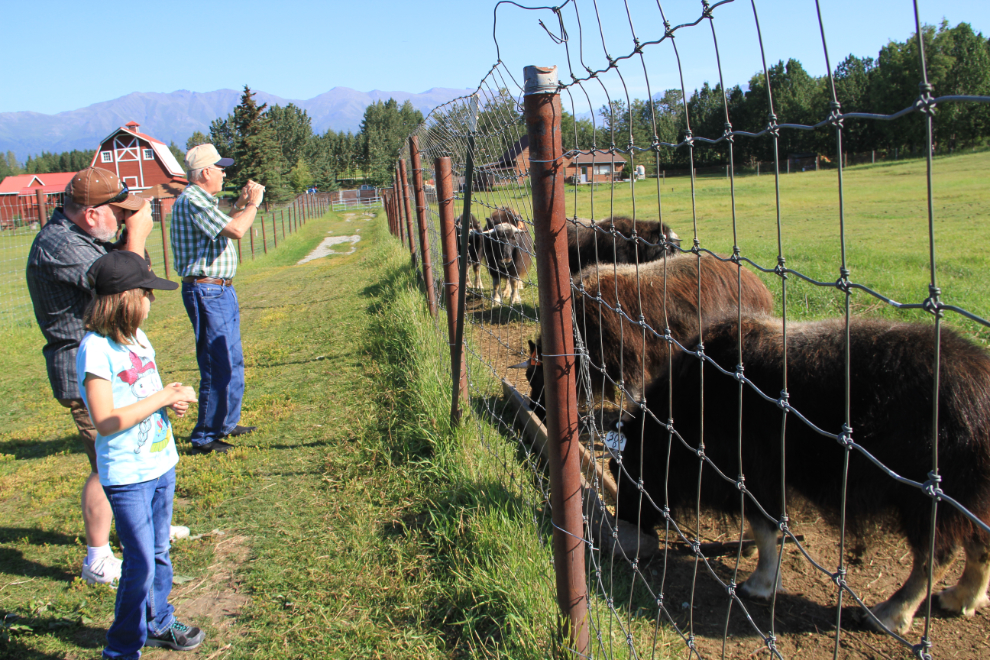
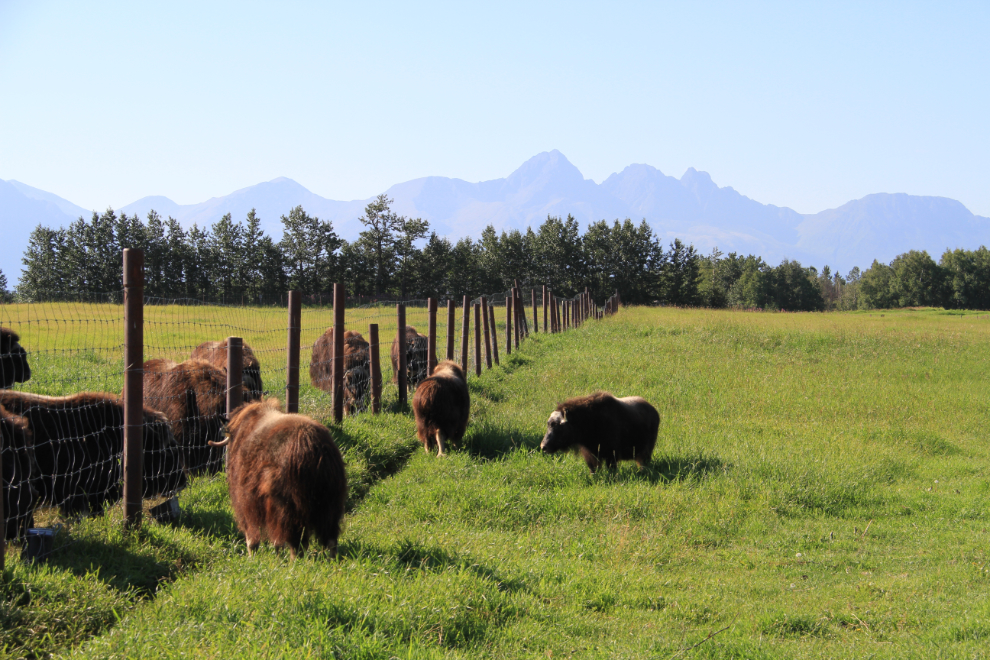
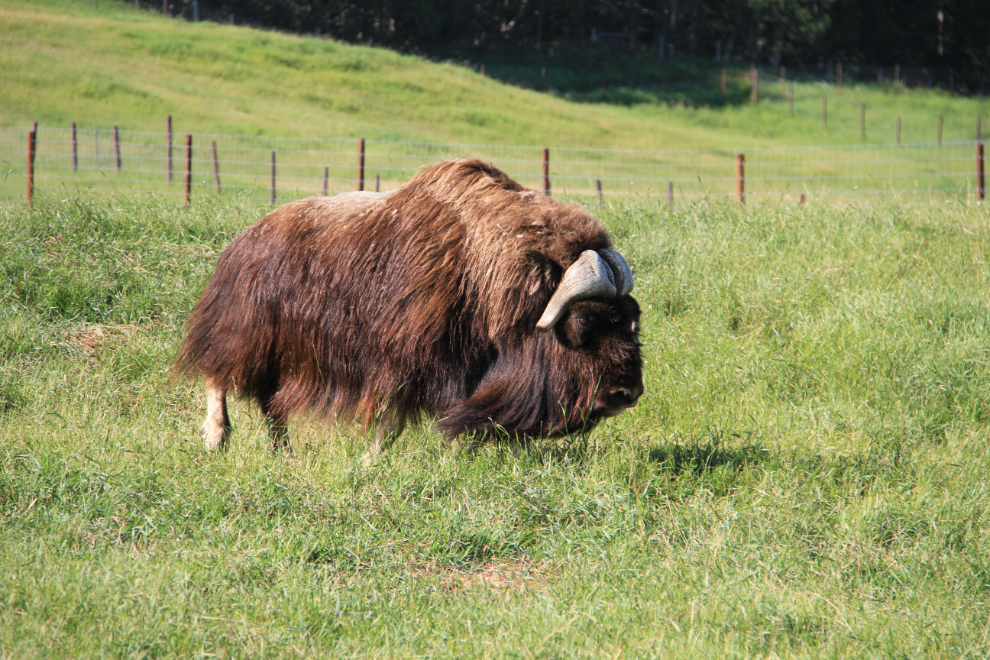
After we left the farm at about 12:30, we went back to the RV park, had lunch and then went to the Fred Meyer’s store in Palmer to do a major shopping, mostly for groceries and refreshments.
Our next stop after leaving Palmer was the Alaska Aviation Museum at the Anchorage Airport. I had thought about dropping the RVs and taking just the Tracker in because I knew that parking wasn’t RV-friendly, but as we got to the museum, a pickup pulled up beside us, seeing my indecision about where to go, and said that we could park on the Civil Air Patrol property across the road from the museum.
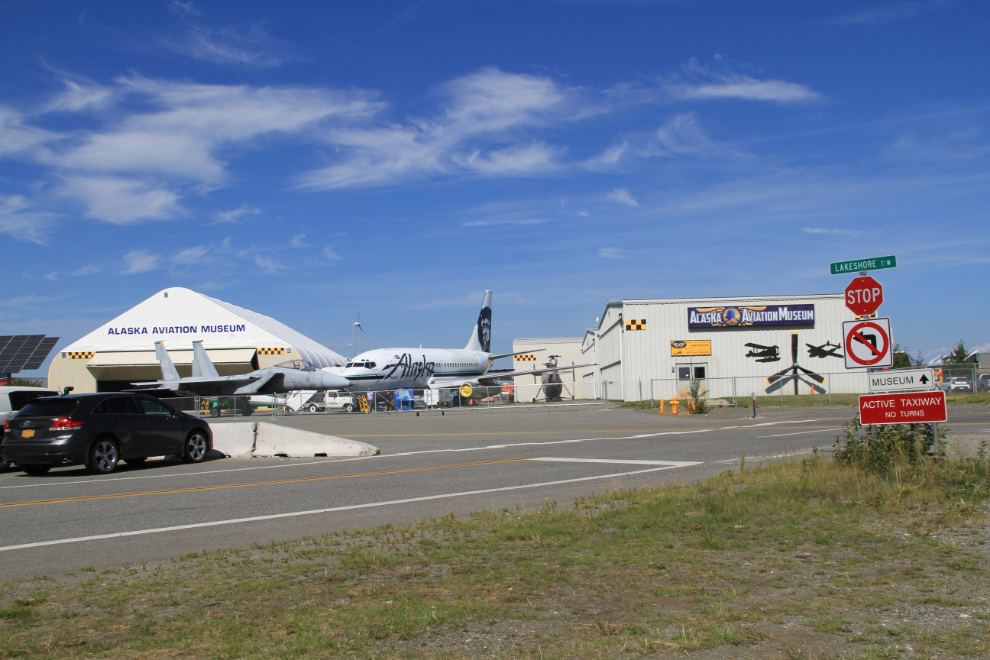
For anyone interested in old planes or even in Alaska history in general, the museum should be considered a must-see. I could spend an entire day there, but a quick look in something like the 90 minutes we spent gives a good idea at the importance of aviation in developing Alaska.
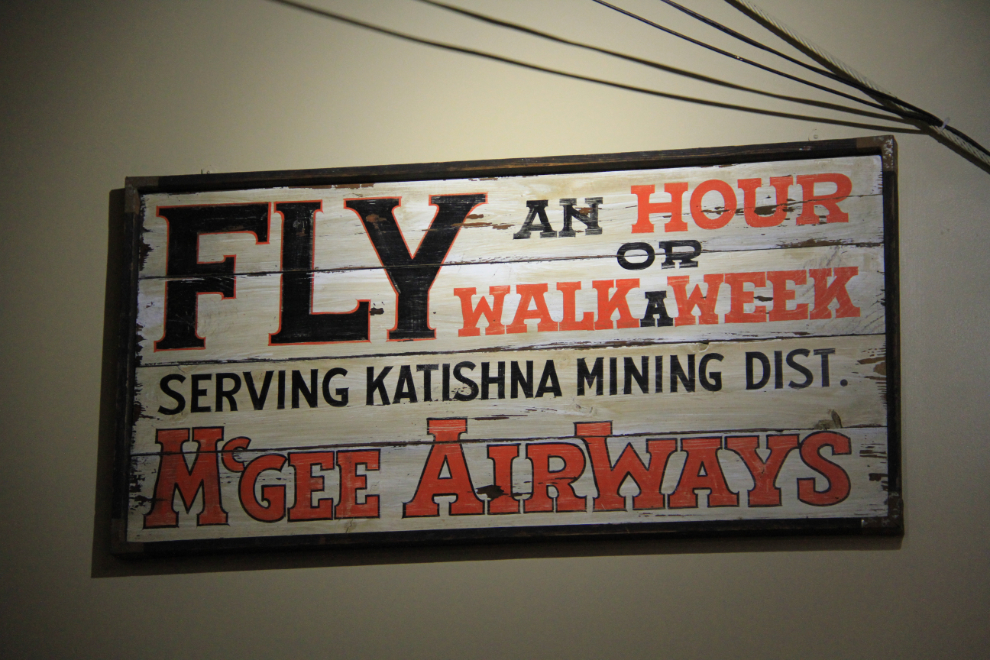
This display is about Wiley Post and Will Rogers, who were killed in the crash of their Lockheed Orion Sirius Explorer near Barrow in 1935.
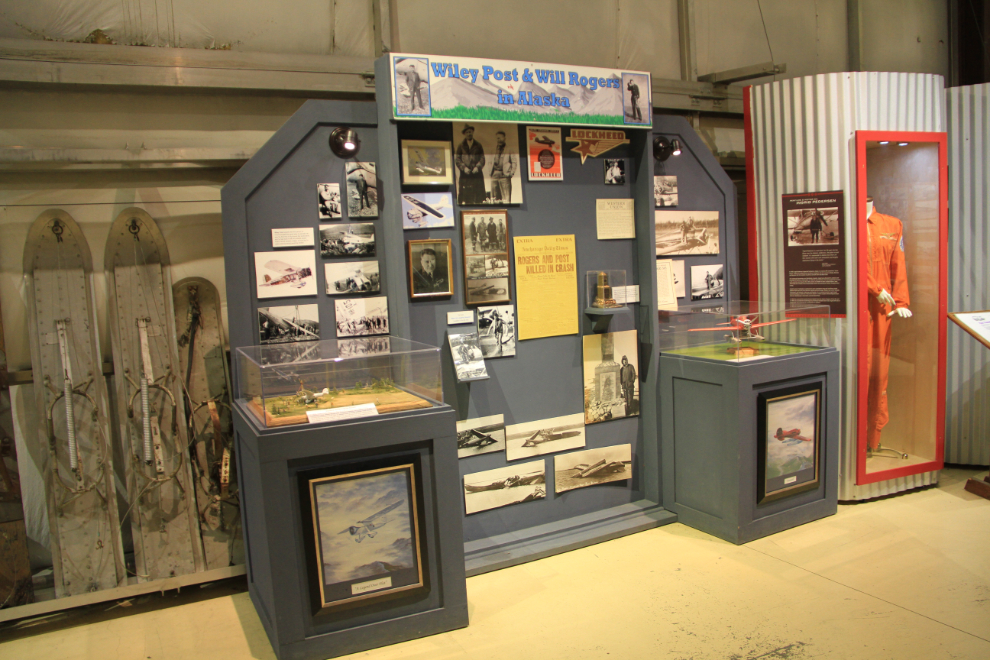
This 1931 Fairchild Pilgrim 100B, registration N709Y, has been restored to flying condition. Built to carry 9 passengers, it was the first modern airliner in the sense that it had steam heat, luggage racks and a toilet.
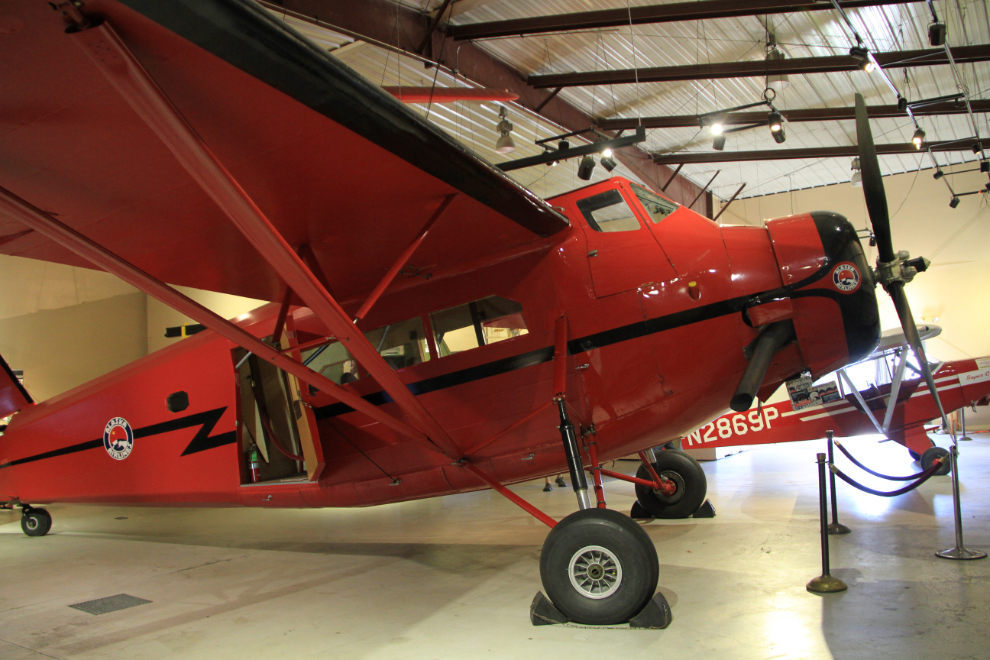
I couldn’t resist spending $5 for 5 minutes in their flight simulator. I wasn’t very impressed with the graphics, and my attempted landing on an aircraft carrier with my P-38 wasn’t successful, but it was good fun anyway, and I’ll no doubt give it another try the next time I’m there.
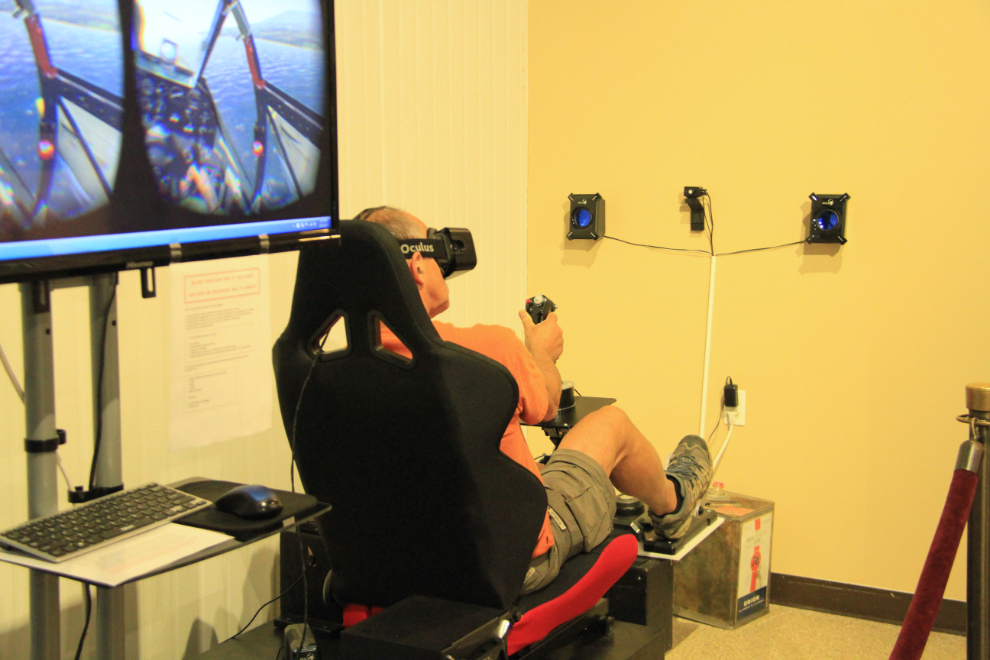
Our final stop was the control tower cab (which came from Merrill Field a few miles north), where you can watch the action on the Lake Hood float plane base (PALH/LHD), and hear the conversations between the real control tower and the pilots.
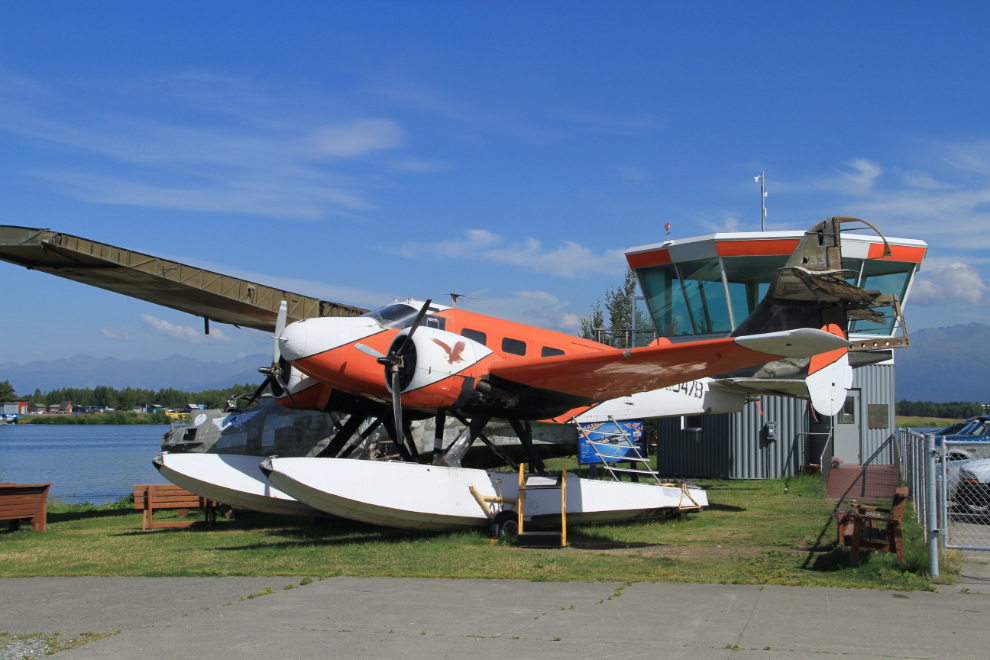
This is N2899J, a 1961 De Havilland Canada DHC-3 Turbo Otter operated by Rust’s, whose large base is right beside the museum.
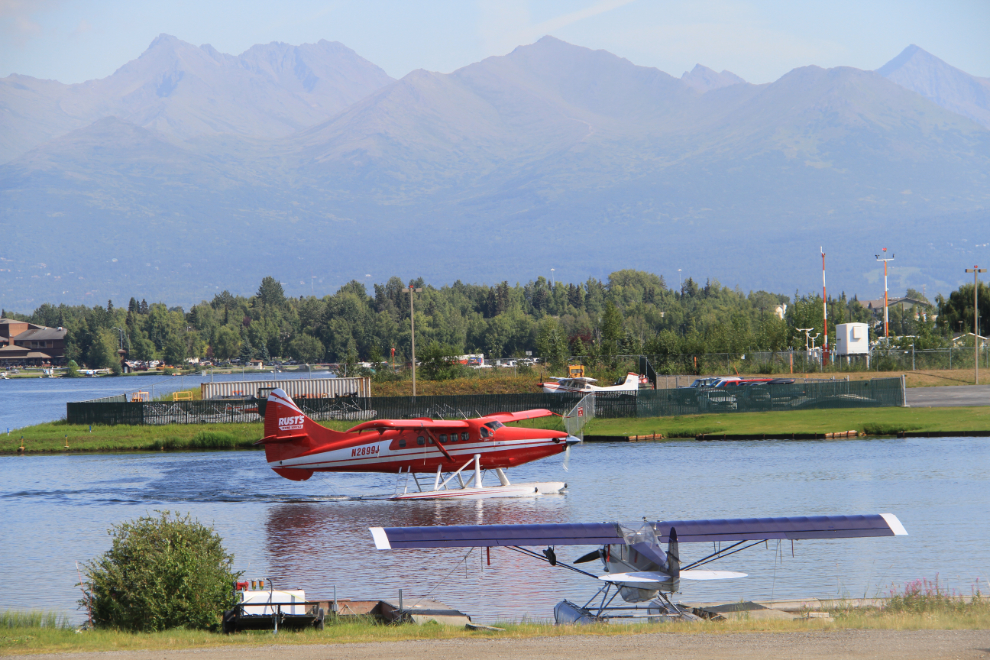
Cathy had never seen a rig like the one launching N401WC, a 1973 Cessna A185F Skywagon 185. Yes, the back half of the truck is missing. This is a common rig to launch float planes with – take a 4×4 pickup and cut the back off. It makes it much more maneuverable, there’s less maintenance, and wrecked 4x4s are cheap.
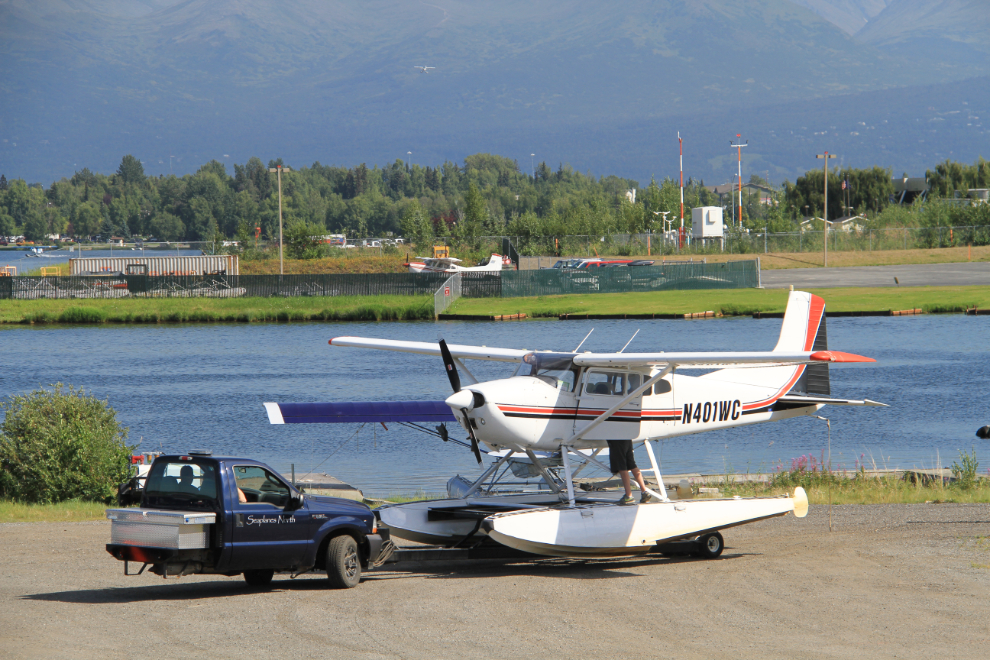
I have a love-hate relationship with the Seward Highway – I love the scenery, but hate the traffic. It’s by far the most dangerous highway in Alaska, and Friday and Sunday are the worst as people from “Los Anchorage” head to the Kenai for the weekend. The more 4-lane sections that get built, the safer it gets, but it still creeps me out. This photo shows a typical view along Turnagain Arm.
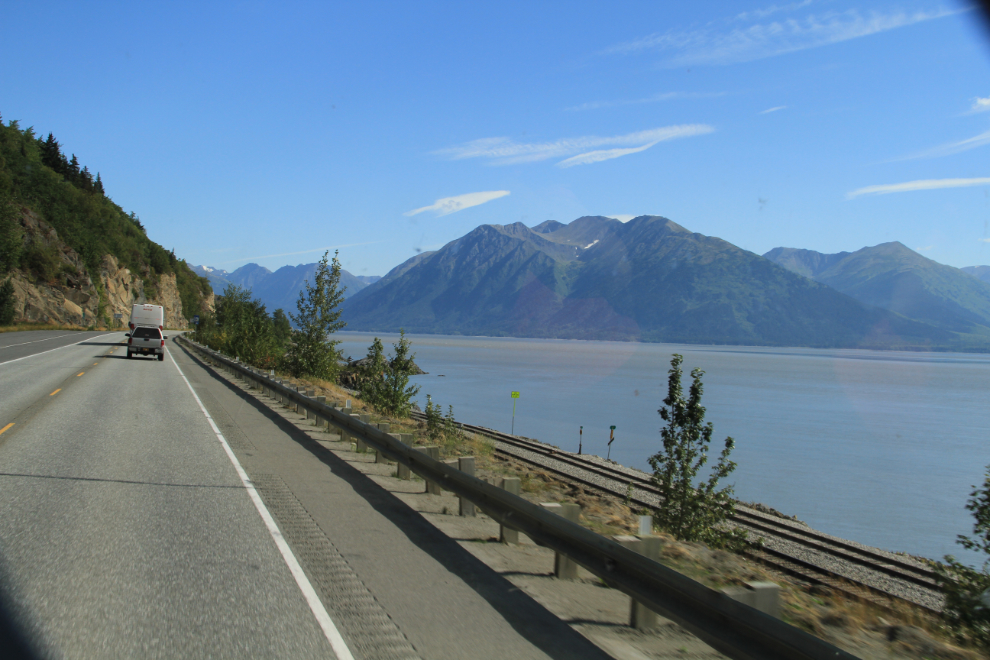
Crossing Virgin Creek, just south of Girdwood, the sight of the glaciers at the south end of Turnagain Arm is exciting, as we’d be camping right below them.
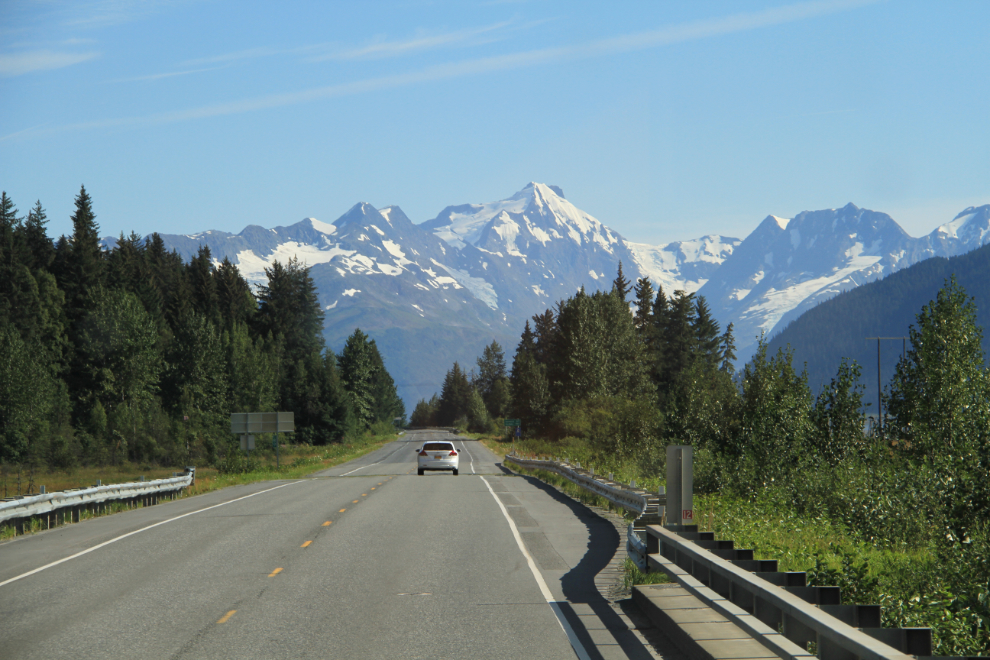
As you can see, traffic isn’t a big problem mid-week (no, it wasn’t just all backed up behind me! 🙂 ).
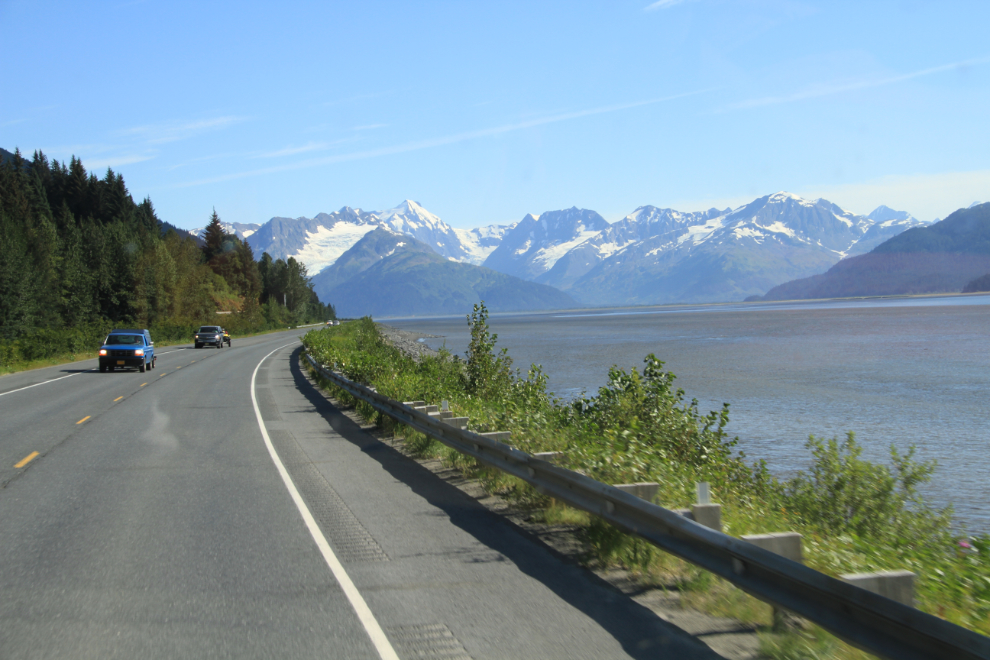
Williwaw Campground is off the Seward Highway on the road to the Portage Glacier and Whittier. It’s a beautiful campground, all paved, operated by the US Forest Service. We reached it at about 6:30, and soon were set up in this large, level double site, which cost $28 total.
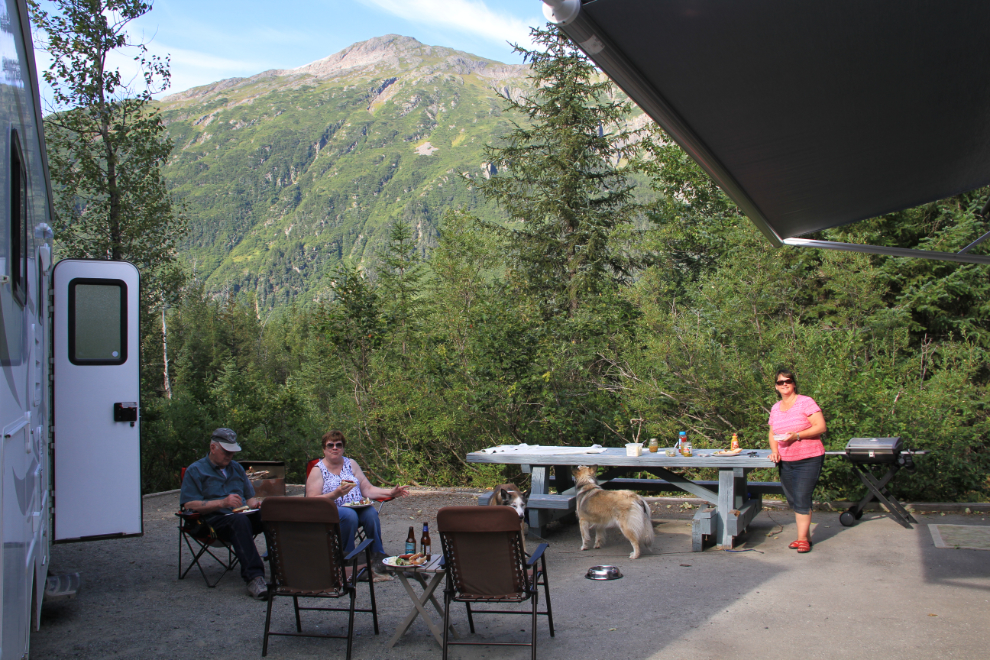
After a simple barbecued dinner, Cathy and I took the dogs to the salmon viewing deck on Williwaw Creek adjacent to the campground. Monty has always been fascinated by fish, but Bella shows no interest in them at all.
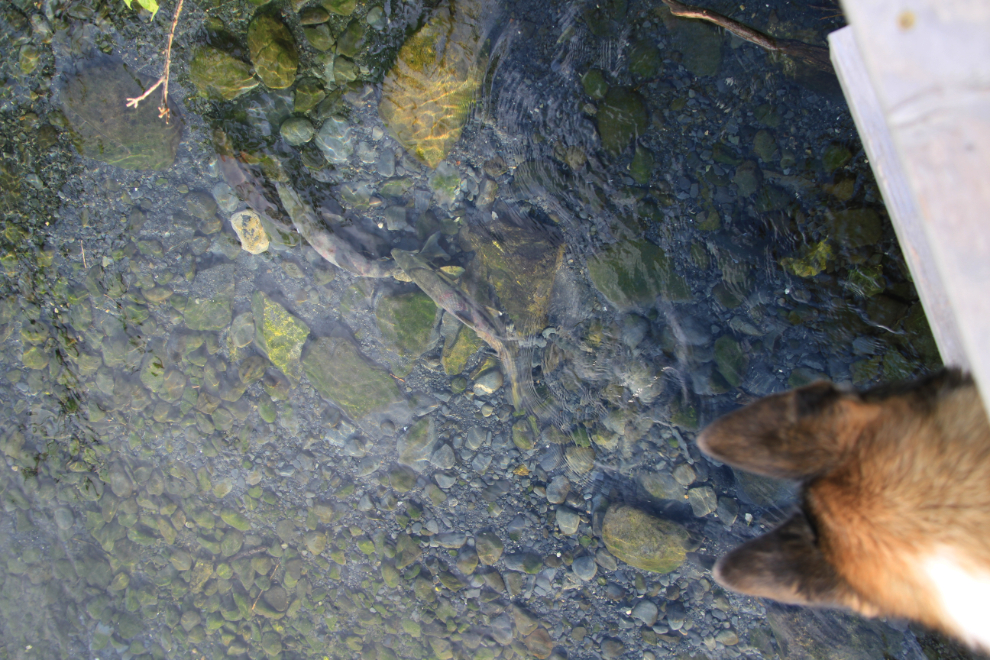
Monty has started to show some rather odd behaviours. Just before 10 pm, he decided that it was bedtime, and built a nest under the picnic table. He’s always nested like this to some degree, but has become much more obsessive about it in the past few weeks.
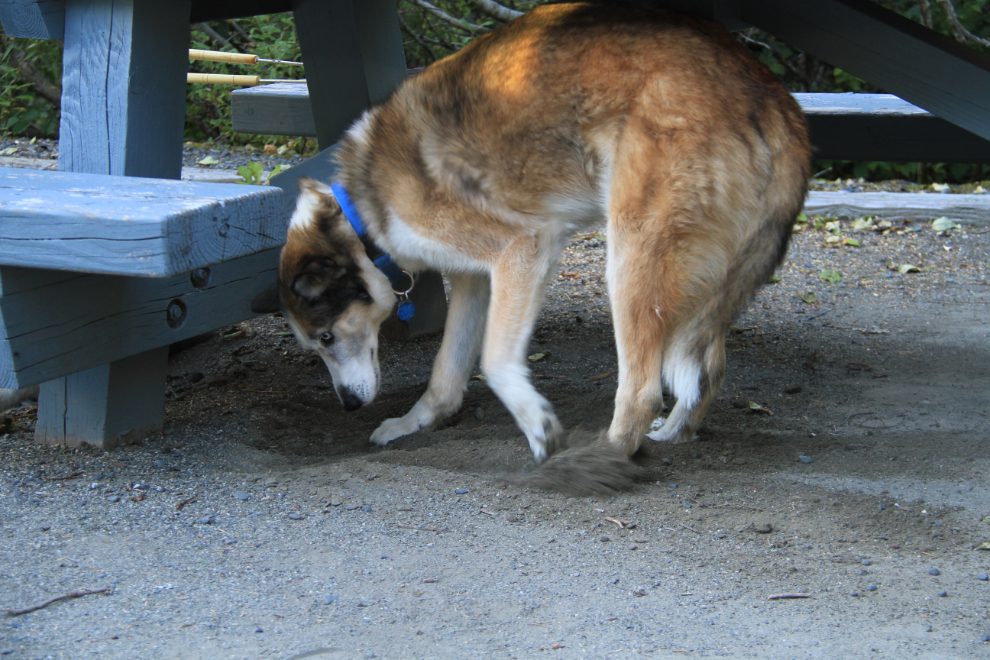
I bought a bundle of firewood for $6 so Cathy could cook us some of her pies, and we had a wonderful evening, with a waterfall pouring off the glacier above us as the background music. This would be one of our favourite campgrounds of the entire trip.

Wednesday would be another day of little driving but lots of activities as we made our way to Seward.